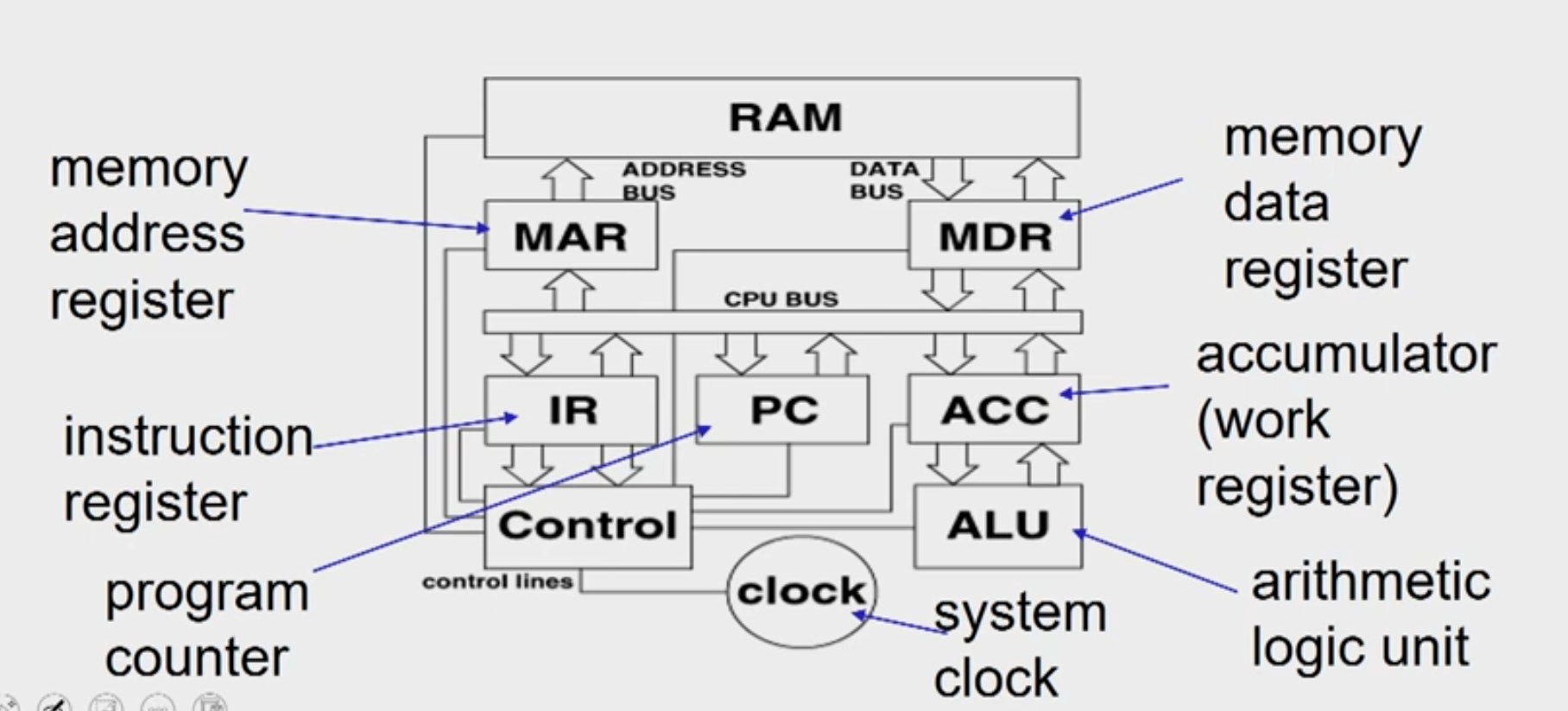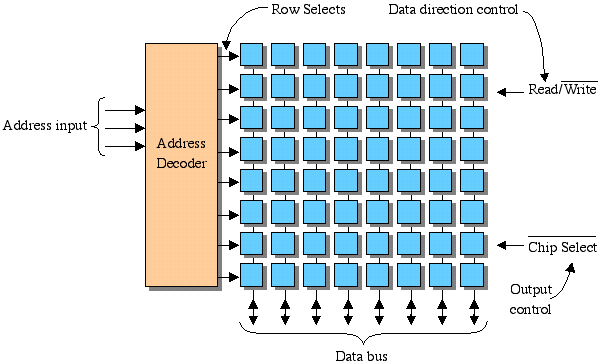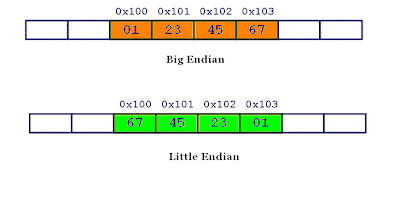Abstraction of Modern Computer Architecture
- Application
- Algorithm
- Programming Language
- Operating System/Virtual Machines
- Instruction Set Architecture
- Microarchitectwre
- Register-Transfer Level
- Gates
- Circuits
- Devices
- Physics
-
ISA vs Microarchitecture
-
ISA Characteristics
- Machine Models
- Encoding
- Data Types
- Instructions
- Addressing Modes
For each operation that is to be carried out with respect to an instruction, we have multiple sub operations like instruction fetch, decode, operand fetch, result store and next instruction.
Instruction Execution Cycle
- Instruction Fetch - Obtain instruction from program storage
- Instruction Decode - Determine required actions and instruction size
- Operand Fetch - Locate and obtain operand data
- Execute - Compute result value or status
- Result Store - Deposit results in storage for later use
- Next Instruction - Determine successor instruction
Processor Memory Interaction
If the processor wants to fetch an instruction, the first thing that you have to do is the address of the instruction which is available in the program counter has to be transferred to a MAR. Similarly, if processor wanted to read or write any data into memory, then also the address has to be kept inside MAR. So MAR is a register which is known as memory address register, which contains the address of the next word that has to be accessed in the memory.
It can be either for a read or a fetch operation or it can be for a right operation. Now whatever is the address that is placed in MAR, the data contents are being exchanged through MDR. So, if it is a write operation, then the contents in MDR are transferred to memory on a location specified by MAR. If it is for an instruction fetch or a read operation, then the contents of the designated location specified by MAR are being transferred to the processor and it reaches MDR first.

Instruction FETCH
- address of the next instruction is transferred from PC to MAR
- the instruction is located in memory
- instruction is copied from memory to MDR
- instruction is transferred to and decoded in the IR
- control unit sends signals to appropriate devices to cause execution of the instruction
Memory Address Decoder

Byte Ordering
- Little Endian
- Big Endian

Byte Alignment
Data alignment
Data alignment means putting the data in memory at address equal to some multiple of the word size. This increases the performance of system due to the way the CPU handles memory.
Data Structure Padding Now, to align the data, it may be necessary to
insert some extra bytes between the end of the last data structure and the start of the next data structure as the data is placed in memory as multiples of fixed word size. This insertion of extra bytes of memory to align the data is called data structure padding.
Types of operations
Arithmetic and Logical Operations
- integer arithmetic
- comparing two quantities
- shifting, rotating bits in a quantity
- testing, comparing, and converting bits
Data Movement Operations
- moving data from memory to the CPU
- moving data from memory to memory
- input and output
Program Control Operations
- starting a program
- halting a program
- skipping to other instructions
- testing data to decide whether to skip over some instructions
Instruction Set Architecture Multiple instructions combined together to form
program and multiple programs combined together to form software which will basically is a big task.
Opcode specifies what needs to be done operand specifies where it needs to be done. And the set of all possible instruction that a processor can do it is known as instruction set architecture.
Classification of ISA
Stack
- Accumulator
- Register-memory
- Register-register / load-store
Addressing Modes
- Register add r1, r2 r1 <- rl+r2
- Immediate add r1, #5 r1 <- r1+5
- Direct add r1, (0x200) r1 <- r1+M[0x200]
- Register indirect add r1, (r2) r1 <- r1+M[r2]
- Displacement add r1, 100(r2) r1 <- r1+M[r2+100]
- Indexed add r1, (r2+r3) r1 <- r1+M[r2+r3])
- Scaled add r1, (r2+r34) r1 <- r1+M[(r2+r34]
- Memory indirect add r1, @(r2) r1 <- r1+M[M[r2]]
- Auto-increment add r1, (r2)+ r1 <- r1+M[r2], r2++
- Auto-decrement add r1, -(r2) r2--, r1 <- r1+M[r2]
Architecture vs. Microarchitecture
“Architecture”/Instruction Set Architecture:
- Programmer visible state (Memory & Register)
- Operations (Instructions and how they work)
- Execution Semantics (interrupts)
- Input/Output
- Data Types/Sizes
Microarchitecture/Organization:
- Tradeoffs on how to implement ISA for some metric (Speed, Energy, Cost)
- Examples: Pipeline depth, number of pipelines, cache size, silicon area, peak power, execution ordering, bus widths, ALU widths
Why the Diversity in ISAs? Technology Influenced ISA
- Storage is expensive, tight encoding important
- Reduced Instruction Set Computer
- Remove instructions until whole computer fits on die
- Multicore/Manycore
- Transistors not turning into sequential performance
Application Influenced ISA
- Instructions for Applications
- DSP instructions
- Compiler Technology has improved
- SPARC Register Windows no longer needed
- Compiler can register allocate effectively